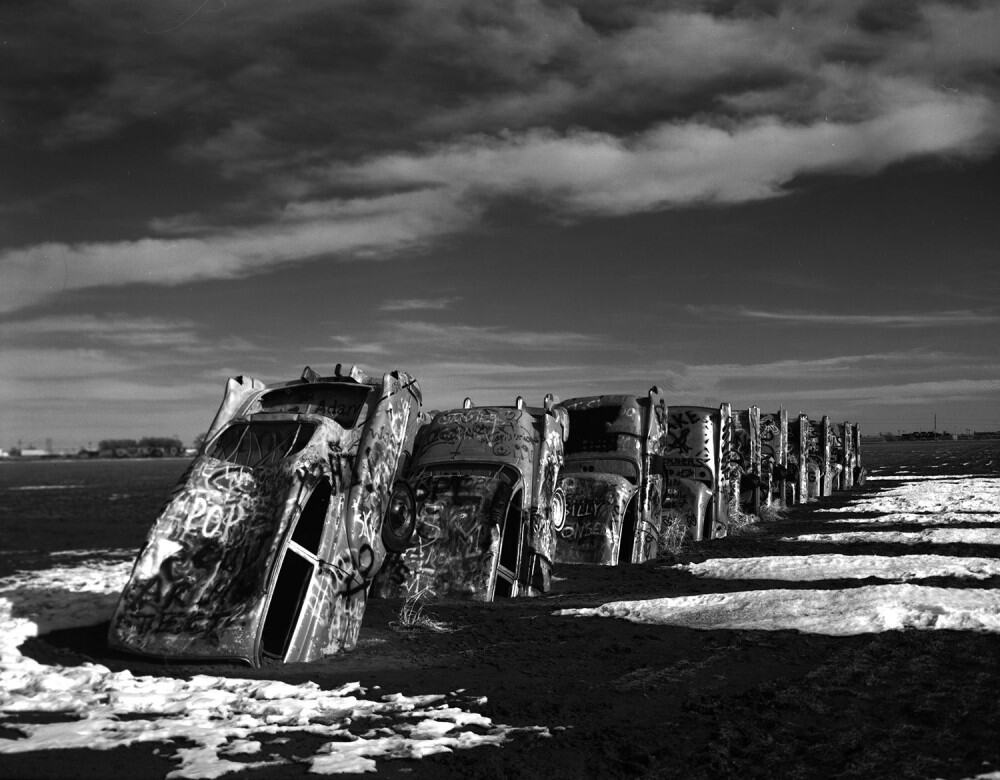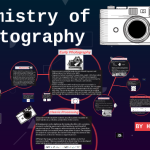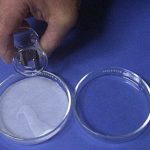Perhaps the earliest reference to the concept of silver-based black and white photography is that of J. H. Schulze who observed in 1727 that a mixture of silver nitrate and chalk darkened on exposure to light. The first semi-permanent images were obtained in 1824 by Nicéphore Niepce, a French physicist, using glass plates coated with a dispersion of silver salts in bitumen (a coal derivative). In the early 1830’s, Niepce’s partner, Louis Daguerre, discovered by accident that mercury vapor was capable of developing an image on a silver-plated copper sheet that had been previously sensitized by iodine vapor. The image, which was called a daguerreotype, could be made permanent by washing the plate with hot concentrated salt solution. In 1839 Daguerre demonstrated his photographic process to the Academy of Sciences in Paris. The process was later improved by using sodium thiosulfate to wash off the unexposed silver salts.
In 1841, an Englishman, William Henry Fox Talbot introduced a new system, the calotype process. The Talbot process involved a paper than had been sensitized to light by a coating of silver iodide. A negative image was produced on the exposed light-sensitive paper by bathing it in a solution of gallic acid in a development process essentially the same as that used today. If the paper base employed was semitransparent, the original negative image could be laid over another piece of sensitized paper which, when exposed and developed, yielded a “positive,” or direct copy of the original. The process would be equivalent to what is termed “contact printing” today. Although the calotype process required less time than that of Daguerre, the Talbot images were not particularly sharp because of the fluidity of the medium employed to suspend the silver iodide crystals.
Originally, the silver salts were held on glass using egg white as a binder. This provided relatively sharp images although they were easily damaged. By 1871, the problem had been solved by Dr. R. L. Maddox, an amateur photographer and physician, who discovered a way to prepare gelatin dispersions of silver salts on glass plates. In 1887 George Eastman introduced the Kodak system in which a silver halide-in-gelatin dispersion was coated on a cellulose nitrate base and loaded into a camera. The camera could take 100 pictures and when all were exposed, camera and film were returned to Rochester, New York, for processing. With those innovations the age of modern photography had arrived.



Comments are closed